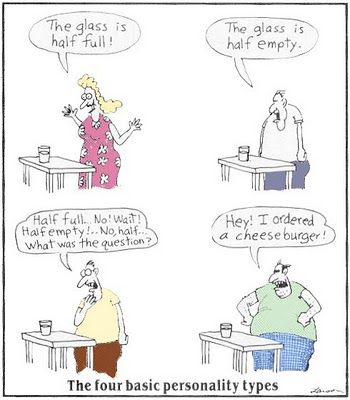Next week I’m greatly privileged to hold a day helping a CofE Diocese assess where they are, and plan forward to where they’re going. I don’t know these people. I’m not going as an expert with a master plan. I’m facilitating them to implement own learning way more than imparting my own knowledge. I will start by hopefully inspiring them and tell them a few things I have learned the hard way in leadership, but I can’t assume much of anything as it’s literally a broad church. I find this very exciting!
One thing I know for sure that I will do with them is a practice I have found very useful myself. I have used this in various settings that I’ve consulted for and found it enormously helps individuals think better in groups, and groups think like a team (Big difference! A group of people waiting for a bus is not a team).
The tool is Edward de Bono’s Six Thinking Hats and to help me have a ready reference for this and to refresh my memory on it I’ve reread this brilliant book and I’m going to briefly summarise it here.
PARALLEL THINKING
How often when we are talking with others do egos get in the way because we are trying to prove or disprove a point? Someone sees it one way, someone else another way, and someone else can’t see it at all! The Six Thinking Hats Method helps everyone – no matter what your usual thinking on an issue is – to think in the same direction (notice; not thinking the same way, in fact this process allows a free flow of thinking without putting the brakes on so much).
When we all put our ‘thinking hats’ on, everyone figuratively wears one ‘hat’ at a time. So we all see the problem, opportunity, issue, from the same point of view and come at it from the same angle, then we stop, and all come at it from a different angle for a while, and so on.

The hats correspond to the different ways of thinking. You know how some people are always glass half full, others glass half empty, and others never buy a round? This method lets everyone think of it the way they naturally do, and come at it from a different point of view too. Nobody has to make a case or defend. Egos don’t come into it. Everyone can contribute and benefit equally by bringing their own experience and intelligence in an undefended way.
We don’t attempt to do various types of thinking all at the same time, where someone brings an information item about a possible change then someone else chips in with what’s wrong with what we were doing as someone else expresses how hurt some people are or might be by it. Rather we think in sequence, to solve a problem or explore an opportunity or subject. It’s like a game you play and here are the ‘rules.’
De Bono describes the hats as follows: (they group well into pairs in this order too). For x minutes we all think….
White Hat: is neutral and objective. What information do we have, and what information are we missing? No interpretation, opinion or argument, thanks. We are simply concerned with objective facts and figures. What’s what?
next we spend x amount of time where we all wear the…
Red Hat: Red suggests anger (seeing red), rage, emotions. The emotional view. Intuition. Hunches, impressions. How might people feel? (not ‘I feel..’, you can disassociate fully). You don’t have to explain or justify a feeling. It may or may not be how you feel. Just put forward the feelings you feel may exist. You feel me?
You don’t respond to what the last person said, you just add another idea in parallel until it’s time for.
Black Hat; is sombre, serious, but there is nothing negative here, it can actually be the most important view. The black hat is cautious and careful, pointing out concerns or weaknesses in an idea (even if the boss suggested it :). What could go wrong?
Yellow Hat; is sunny and positive, optimistic – it covers hope and positive thinking. What is valuable or could be beneficial about the idea or approach? What could go right?!
Green Hat; Grass, vegetation, abundant, fertile growth. The green hat indicates creativity and new ideas.
It’s often helpful, especially perhaps for the introverts, to give a little individual space to think in a particular colour quietly on their own for a few minutes quietly as an individual and then switch colour and all realign.
Blue Hat; Blue is cool, the colour of the sky, which is above everything else. The blue hat controls the process and organization of the process and the use of the other hats. (My job will be mostly wearing the blue hat and I’ll have a few other leaders deputised to wear a blue hat too, to keep everyone on track).
We start with the blue hat on to say why and what we are thinking about and what we want to achieve, explaining the sequence of hats to be used but I also finish the exercise with the blue hat on as we summarise the outcomes found, conclusions agreed and plans to proceed.
Try it on a team soon and let me know how it goes. Hope this helps! And if it does, why not subscribe to the blog and
